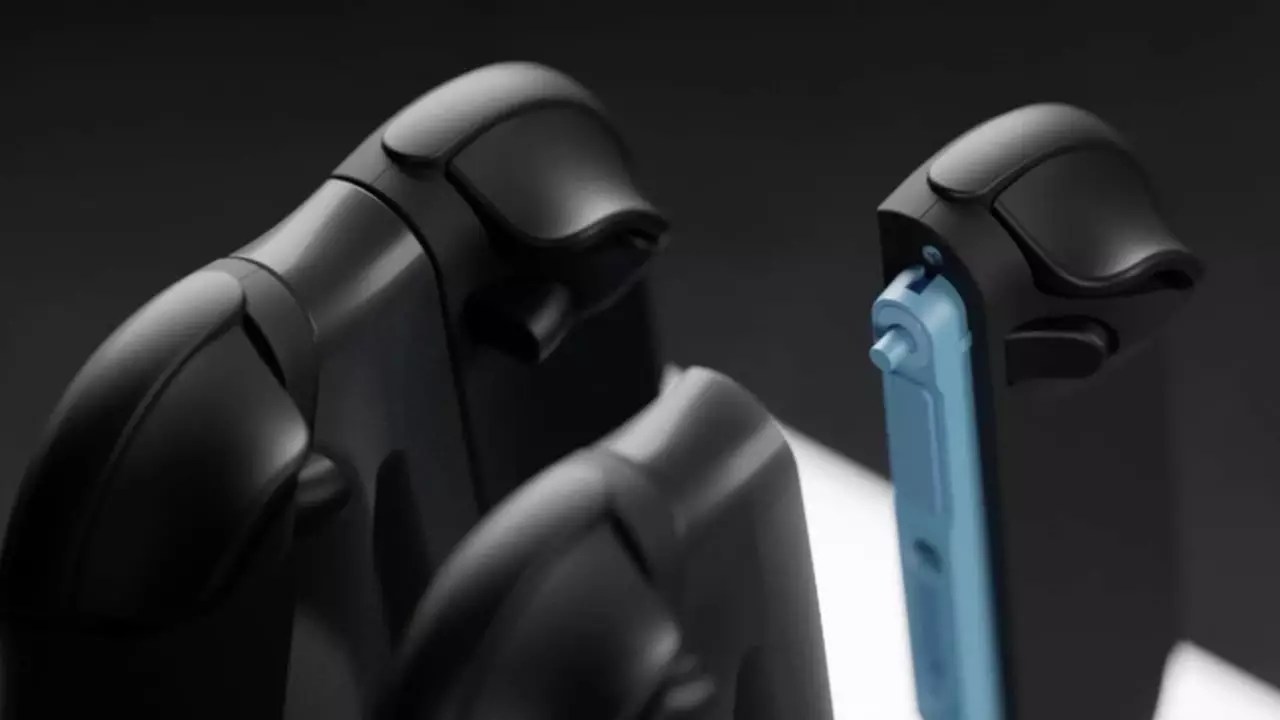In an unexpected turn of events, accessory manufacturer Genki has taken a bold approach by showcasing accessories for the forthcoming ‘Switch 2’ at CES 2025. This move is particularly striking as Nintendo has yet to officially announce the console. Co-founder and CEO Eddie Tsai has provided intriguing insights into the features and designs of the new Joy-Con controllers, revealing the magnetic attachment mechanism intended for these controllers. This daring revelation raises questions about whether Genki’s actions are a preemptive strike against Nintendo or merely a manifestation of creative audacity.
Tsai describes the functionality of the magnetic Joy-Con, revealing that a simple press of a release button triggers a pin mechanism that helps detach the controller from the main body of the console. This innovative design aims to facilitate a smooth user experience while ensuring that the controllers are secure during gameplay. Although Tsai acknowledges the potential for users to forcibly detach the Joy-Cons, he strongly discourages trying this approach, emphasizing the importance of the magnetic connection during normal use. This discussion reveals a thoughtful design process behind these accessories, prioritizing user experience while aiming for easy accessibility.
One of the most intriguing aspects of Genki’s revelations is the implication of how they acquired this sensitive information regarding the Switch 2. Tsai’s evasiveness regarding the source of his insights suggests that Genki may have used unconventional channels, possibly even relying on the black market for a functioning console prototype, as hinted by industry commentator Laura Kate Dale. This raises ethical considerations about competitive intelligence in the gaming industry, where companies often teeter on the edge of legality when it comes to acquiring insider knowledge.
Initial reactions to Genki’s mock-up indicate that the console’s dimensions are more comparable to the Steam Deck rather than its predecessor, the original Switch. Despite its smaller size, the modified Joy-Con design lacks the ergonomic depth seen in Valve’s handheld device. As the gaming landscape continues to evolve, players are likely to scrutinize these design differences, weighing the benefits of Genki’s magnetic functionality against the established norms of controller design. This positioning could either bolster Genki’s reputation as an innovator in gaming accessories or risk alienating customers who may prefer traditional designs.
As anticipation builds for an official Nintendo announcement by March 2025, Genki’s revelations could dramatically reshape consumer expectations for what is to come. The gaming community is left teetering on the precipice of speculation — will Nintendo’s official release match Genki’s innovations, or will it pivot in an entirely different direction? Only time will tell, but one thing is for sure: Genki’s bold move has sparked discussions that resonate beyond just product details, calling into question the dynamics of competition in the gaming industry. As players await the next chapter in console gaming, the spotlight is now firmly on both Genki and Nintendo.


Leave a Reply